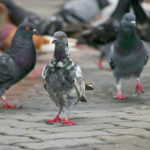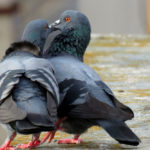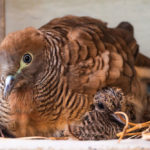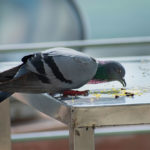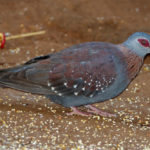Of all the birds in the animal kingdom, pigeons probably get the most hate. They’re often associated with urban areas and some people even see pigeons as a sign of uncleanliness.
But did you know that the intelligence of these birds is often overlooked?
Despite this shady reputation and harmful phrases like “bird-brain” being thrown around, it’s easy to see why people often underestimate the cognitive ability of pigeons.
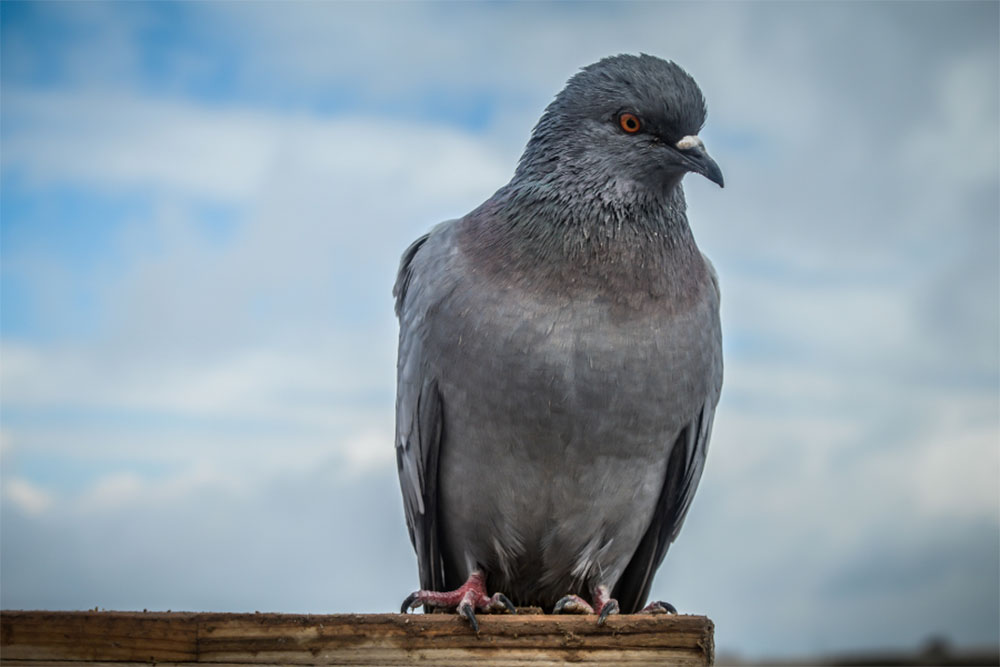
Pigeons have long been thought to be more intelligent than the typical bird—and many other creatures as well.
Pigeons have a “homing instinct” that allows them to make their way back to home base from thousands of miles away, even when blinded, among their many abilities.
In this article, we’ll explore just how intelligent pigeons really are, and look into some examples and scientific studies that demonstrate their cognitive abilities.
So, How Smart Are Pigeons?
Pigeons are supposed to be among the world’s most intellectual birds, capable of doing activities traditionally thought to be the unique domain of people and apes.
The pigeon has also been discovered to pass the mirror test, which means it can actually recognise its own image in the mirror. It is one of just six species, and the only non-mammal, to do so.
In addition to being able to comprehend, the pigeon can identify all 26 letters of the English alphabet.
Pigeons have been shown to be able to distinguish between photos and also between 2 different humans in an image when given with treats in scientific experiments.
Experiments That Demonstrate The Intelligence Of Pigeons
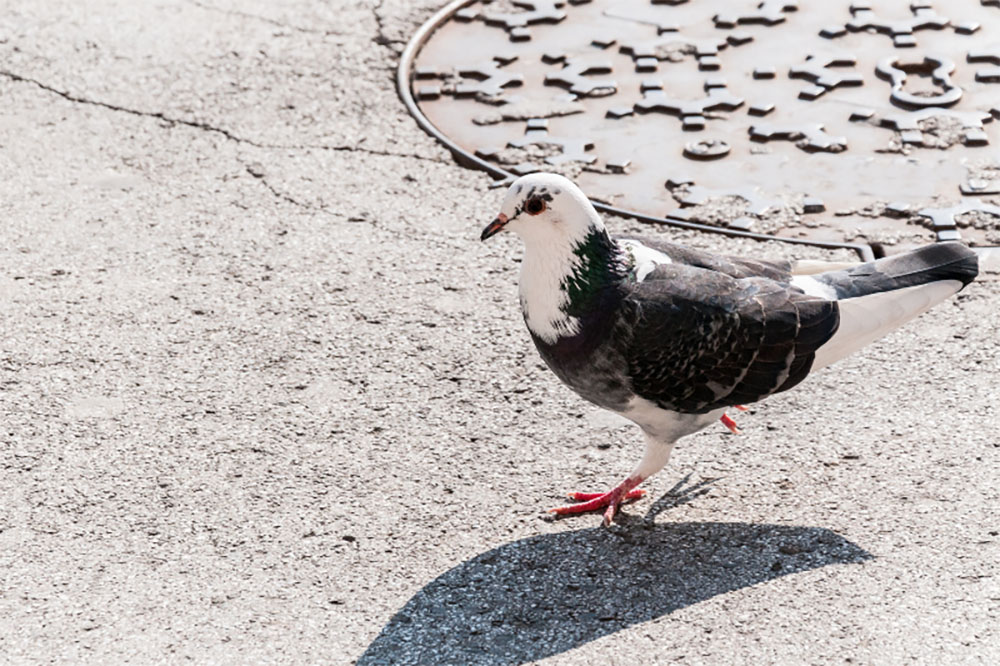
1. They Can Differentiate Between Different Artists And Their Paintings
In 1995, Japanese researchers used an unconventional method to assess the sharpness of pigeons: they presented the birds with artworks by Picasso and Monet (Watanabe et al., 1995).
Images of Monet as well as Picasso artworks were used to educate pigeons to distinguish between them. This was not a difficult task for them.
They were then put to the test with other images created by two artists they had not seen before. Even so, the pigeons had little trouble distinguishing between the works of art.
Surprisingly, the birds were able to tell the difference between works by other Cubist and Impressionist painters.
This demonstrates that pigeons can classify sophisticated man-made artworks and even distinguish between two artistic movements, the kind that even people with no training in art history may struggle with.
2. They Can Count As Well As Primates Can
Most individuals will probably say primates, the order of mammals that includes apes like chimps and gorillas as well as monkeys like baboons and marmosets, when questioned which species of animal is the most intellectual.
Study conducted by The University of Otago in Dunedin, New Zealand, tested if pigeons could acquire abstract number rules in a 2011 experiment.
Several animal species have been demonstrated to be able to tell the difference between two and twenty food pellets, for example. Even bugs like honeybees can complete this simple task.
Only primates have previously been found to be capable of solving more difficult arithmetic problems, such as counting from one to nine.
The birds were shown sets of visual representations which always included 1, 2, or 3 things by the New Zealand experts.
The pigeons were taught to react in increasing sequence from one to 3 to the signals.
Not only did the birds do this task, but they could also complete a comparable job with additional stimulus sets including one to 9 items.
Pigeons, like primates, can count between one and nine, a feat that many other animals are unable to achieve.
3. They Have An Impressive Memory
Elephants come to mind when most folks think of creatures with exceptional memory.
Pigeons were taught to memorise 725 random black-and-white visual features in a German study from 1990 (von Fersen and Güntürkün, 1990).
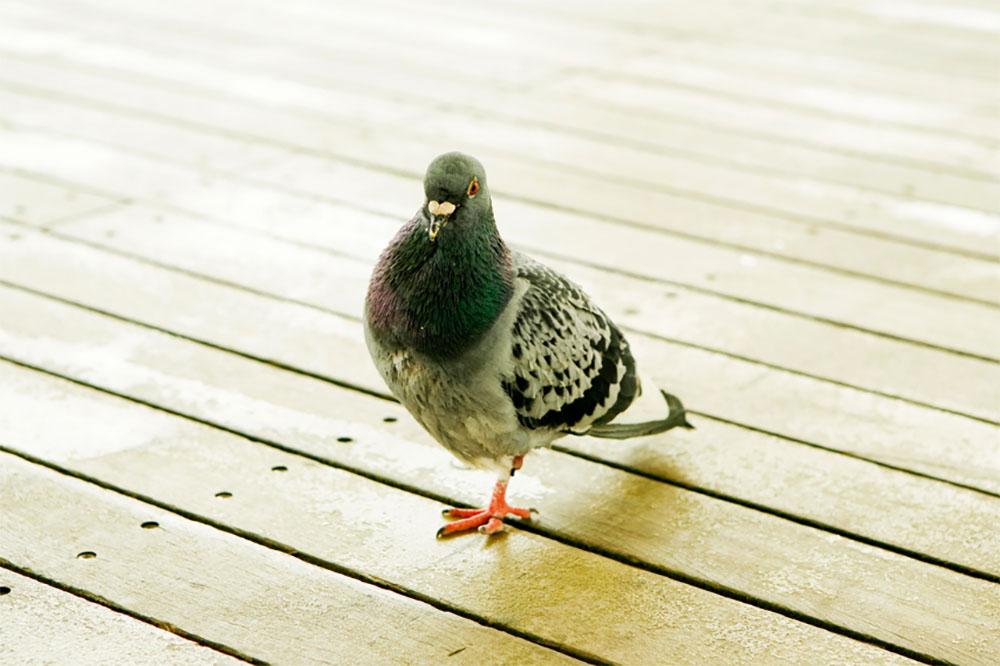
The birds had to memorise the designs one by one because they didn’t share any regular qualities.
To get food, the animals had to separate the 100 “positive” designs from the 625 “negative” ones.
This is a memorization exercise so difficult that most people would struggle to complete it. The birds, on the other hand, had no trouble with this difficult assignment.
4. They Can Detect Cancer
In 2015, the scientists did another interesting experiment on pigeons’ outstanding capabilities: they evaluated if pigeons could distinguish between benign and malignant adult breast cancers in medical photographs.
Human healthcare experts must undergo years of intensive training before being able to reliably identify cancer.
The birds were taught to distinguish between photographs of cancerous and normal samples taken using food as rewards.
Participant birds were later shown new photos from both groups and could still distinguish between malignant and benign clinical specimens.
Despite the fact that identifying breast cancer in clinical photographs needs extensive training and is incredibly difficult for untrained humans, pigeons demonstrated a surprising capacity to make the accurate diagnosis.
After all, no clinic would ever utilise pigeons for medical diagnosis, but the study clearly demonstrates the animals’ excellent visual ability.
5. They Can Identify Certain Words
Pigeons can be taught to discern words from nonsensical sequences of letters, according to a research team from New Zealand and Germany who published their findings in 2016.
Pigeons acquired from 26 and 58 phrases and were able to distinguish them from 7,832 nonsensical four-letter combinations using yummy treats as rewards.
Furthermore, the pigeons were able to distinguish between pointless letter combinations and whole new words they had never encountered throughout practice.
This demonstrates that the birds’ brains have a record of what a letter is – and that the neurological roots of reading, a talent previously thought to be uniquely human, may also be found in animal minds.
6. They Show Signs Of Self Awareness
If you’re still not convinced, consider the mirror test, which is one of the most well-known animal iq tests.
Gordon Gallup Jr invented the self-awareness test in 1970, and it determines whether a mammal can recognise its own face in the mirror.
The creature is dyed and put before a mirror, and scientists watch to see if it responds in a way that indicates it recognizes the dye is on its own skin, such as moving to get a better vantage point or stroking the markings on its own skin while still looking in a mirror.
The first group of species to pass the test are the creatures we generally associate with intelligence: chimps, bonobos, orangutans, dolphins, elephants, and, indeed, humans – but only after we’ve reached the age of 1 and a half years.
A baby’s reaction to the mirror image is more likely to be fear or apathy, whereas dogs, gorillas, and most birds would try to scare or fight the mirror image.
Pigeons, on the other hand, have been spotted pecking at a dye stain on their own body in an attempt to erase it.
Final Thoughts
If there’s any one thing to take away from these findings, it’s that you shouldn’t underestimate the cognitive ability of creatures in the animal kingdom – particularly birds.
Many of us believe that certain animal species, such as dogs, dolphins, and apes, are highly intelligent. We undervalue the cognitive capacity of creatures that we consider pests.
Notwithstanding their bad notoriety, study shows that pigeons have incredible visual, mathematical, and cognitive abilities that rival those of some of the world’s smartest animals.


